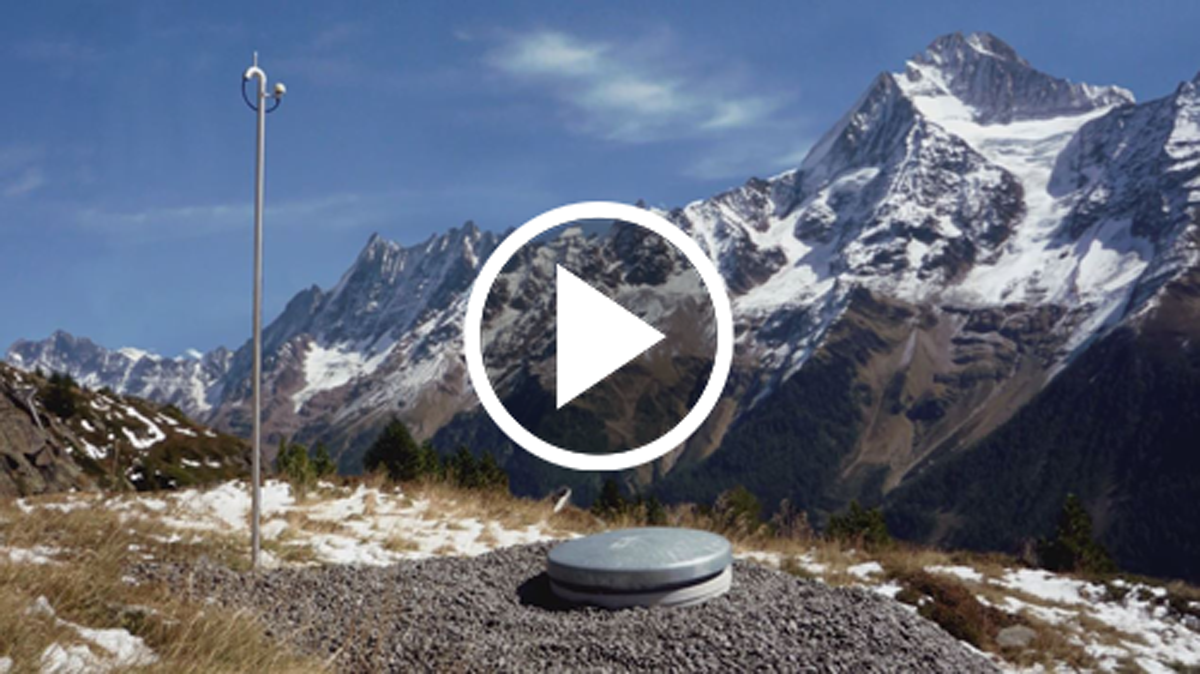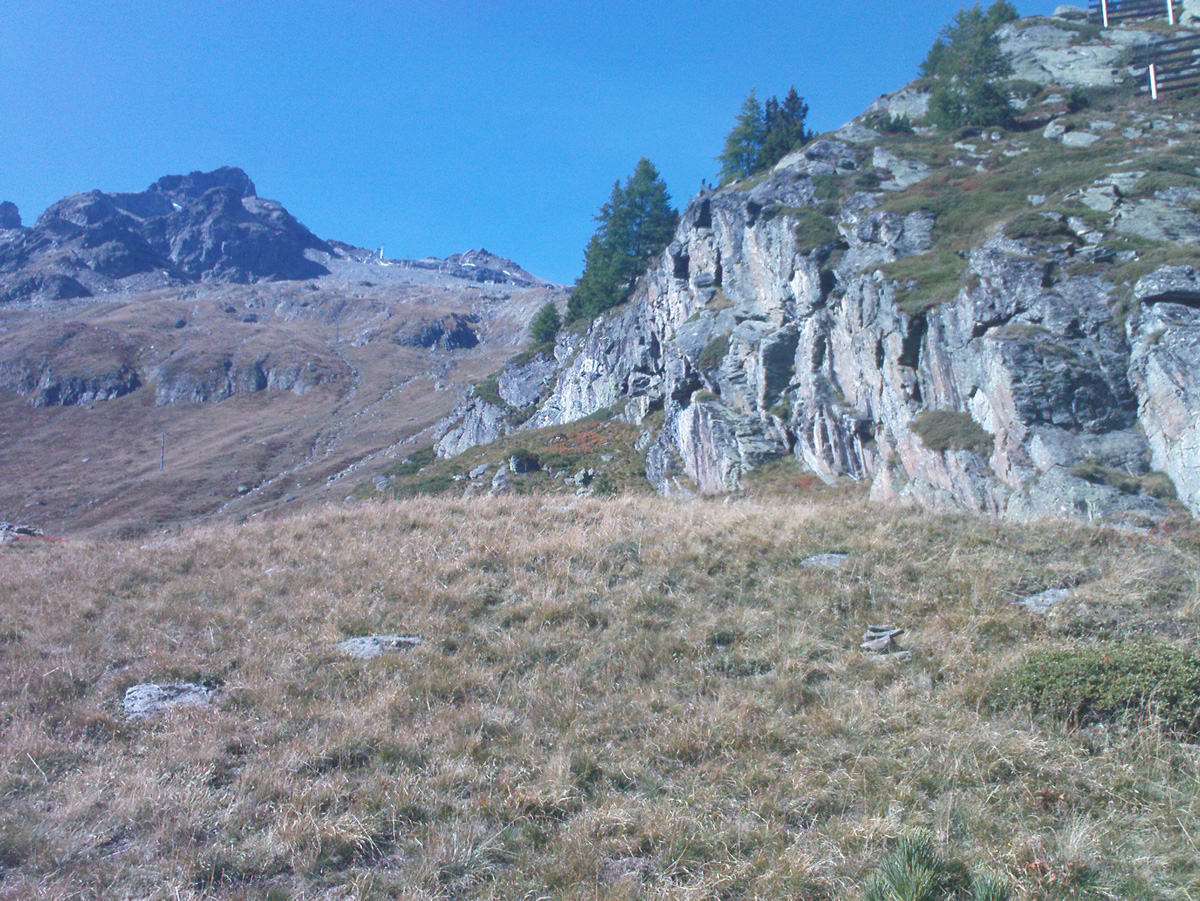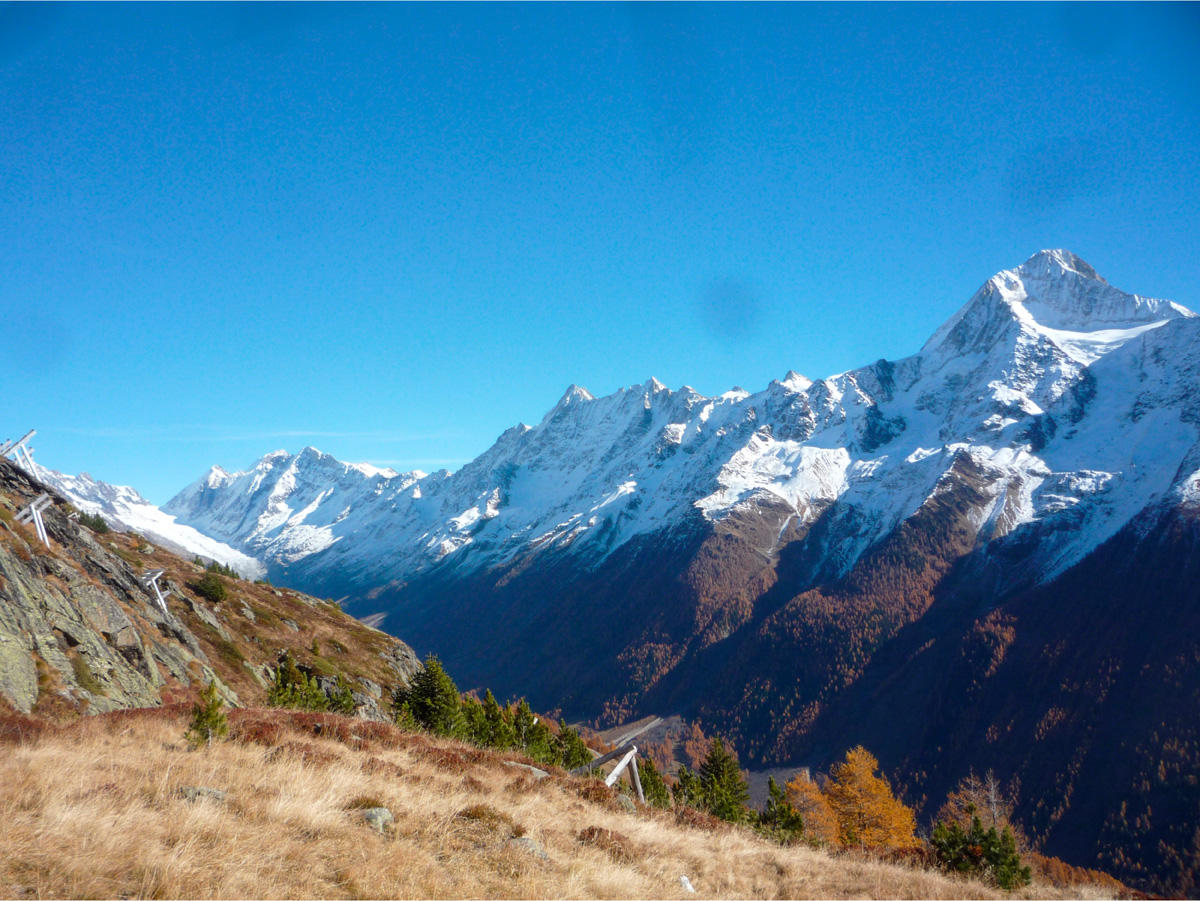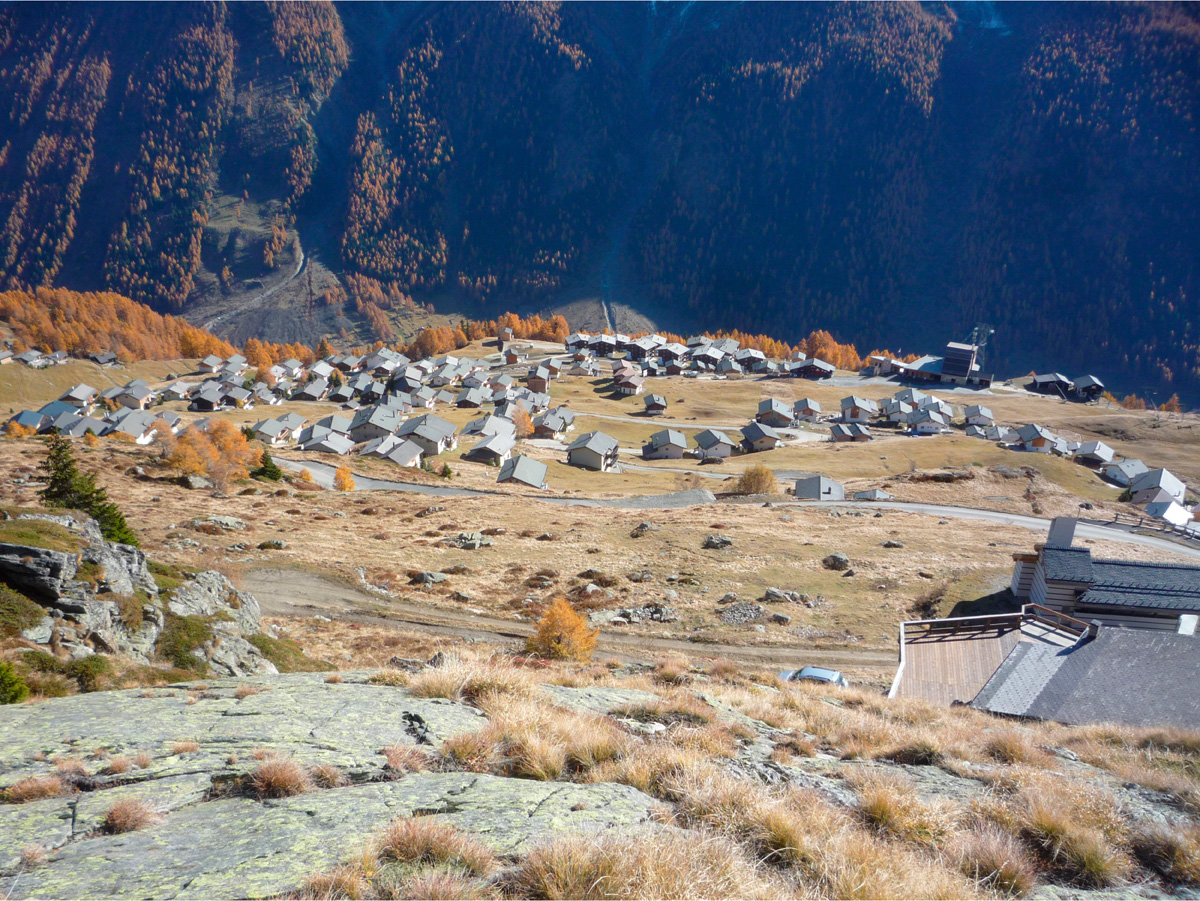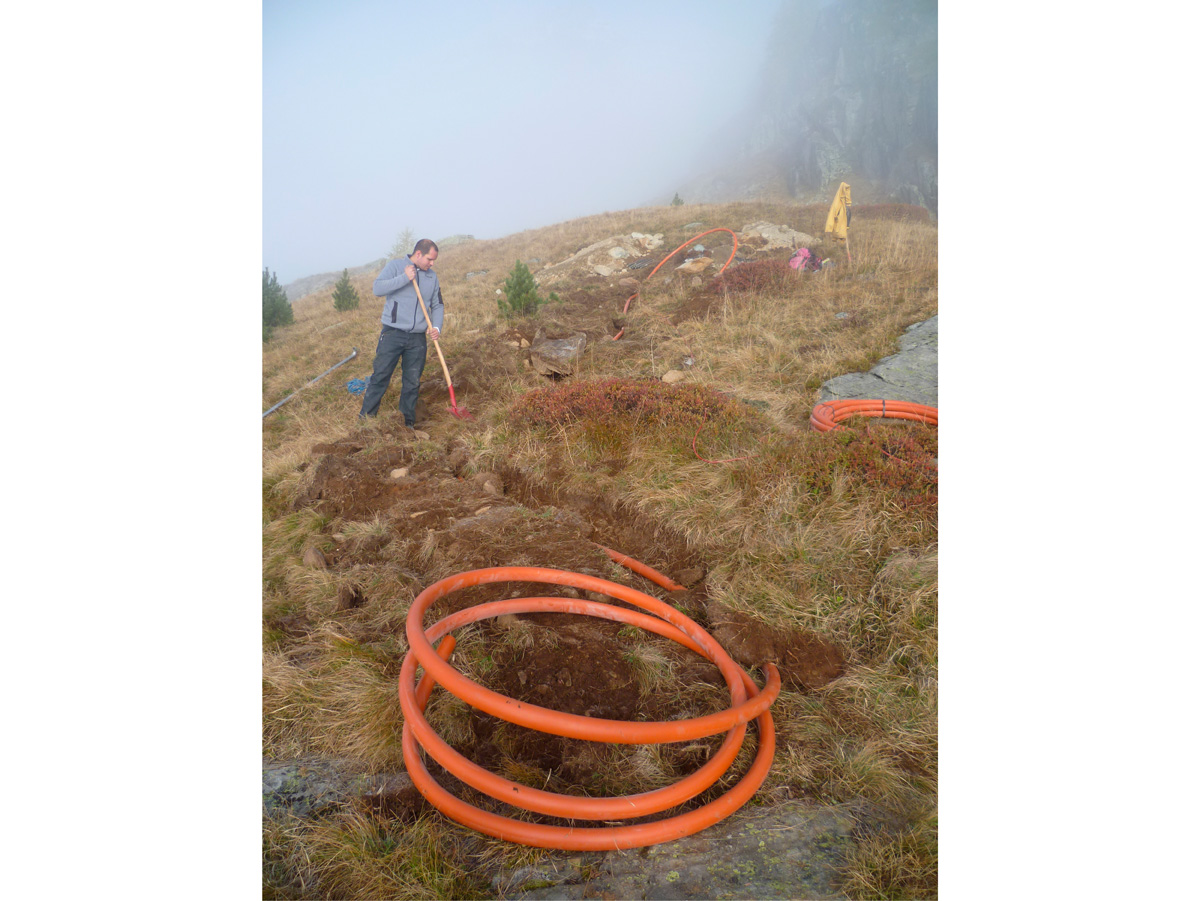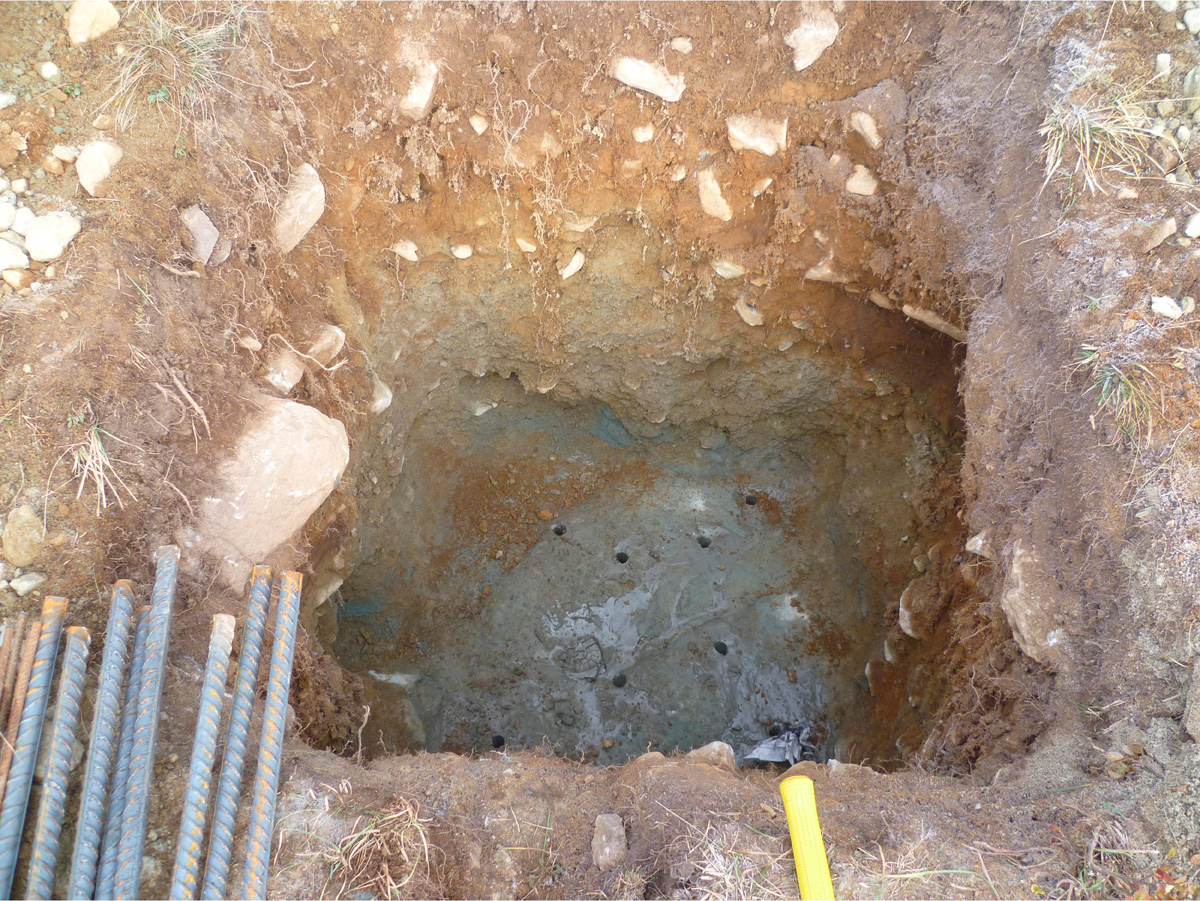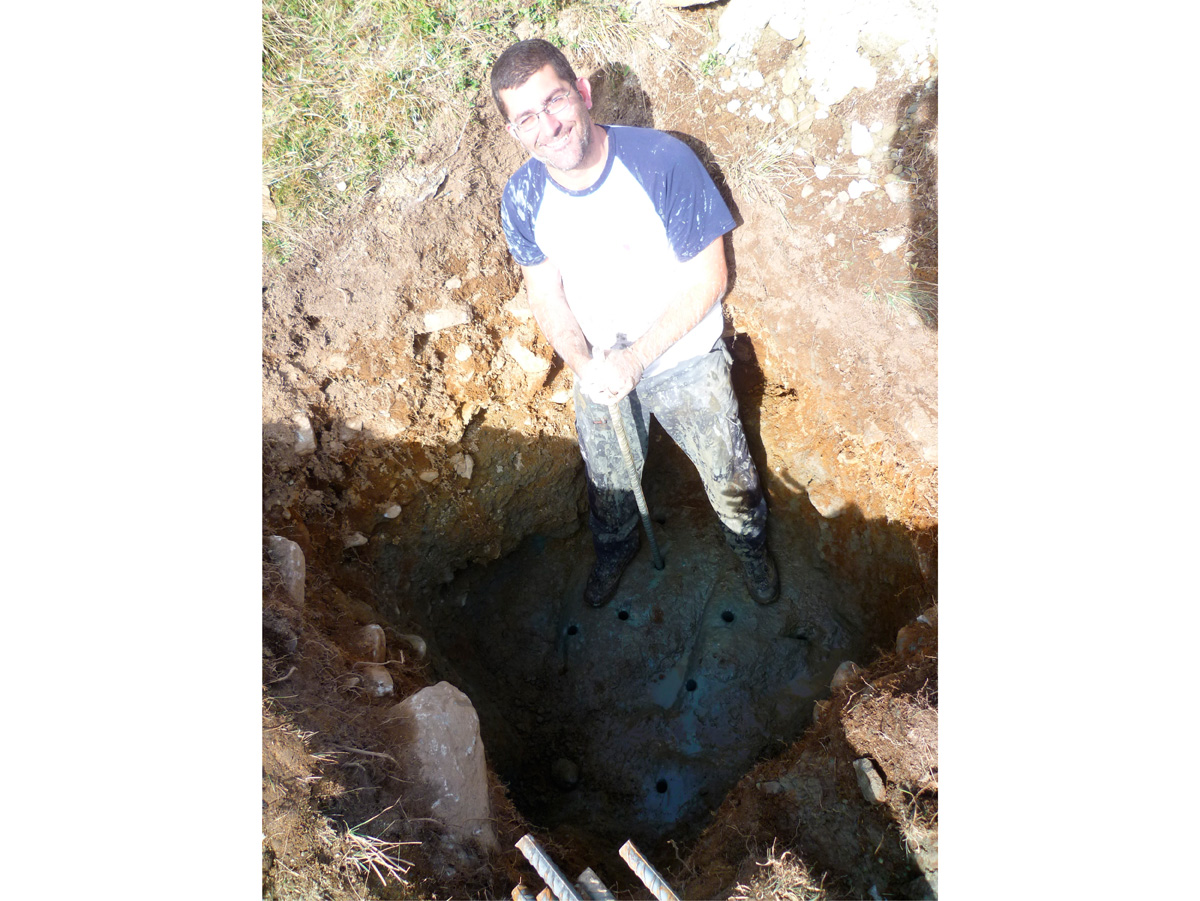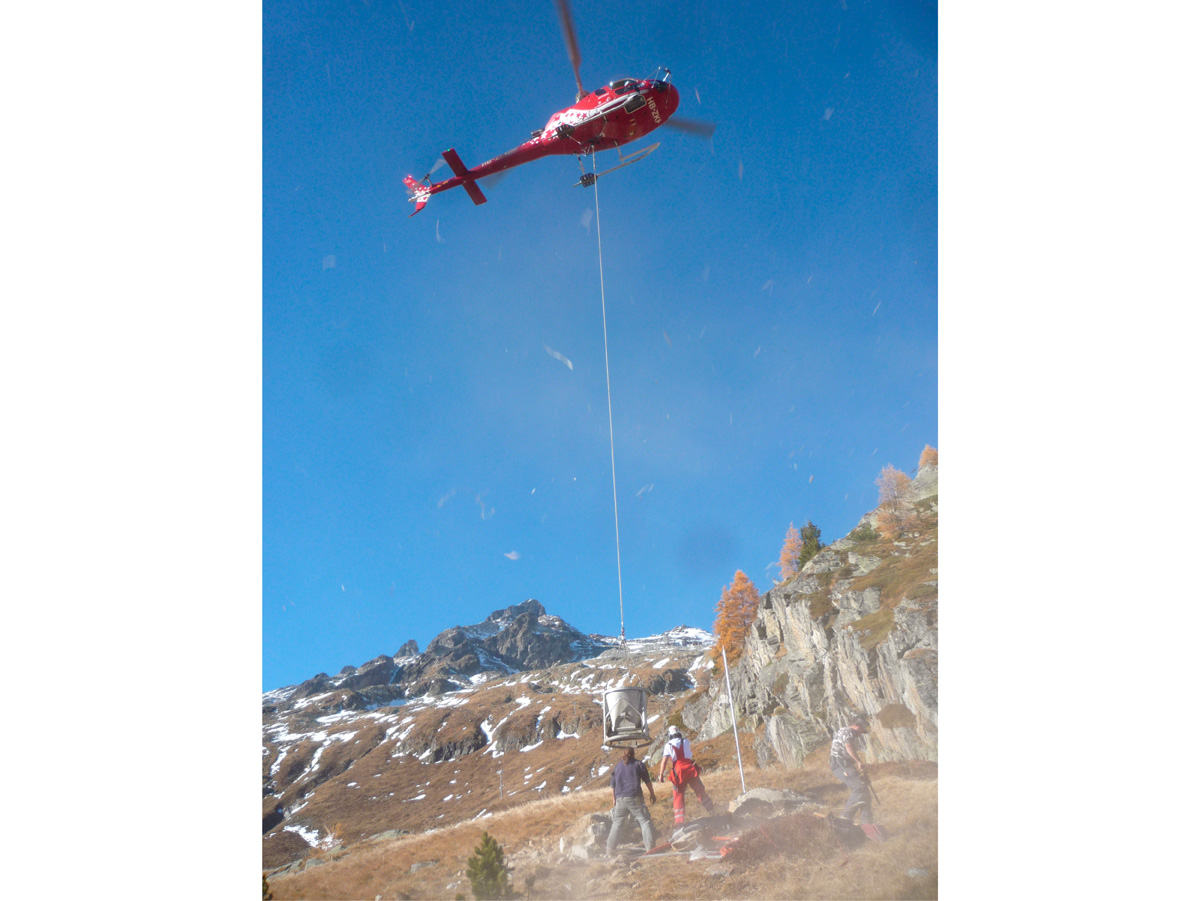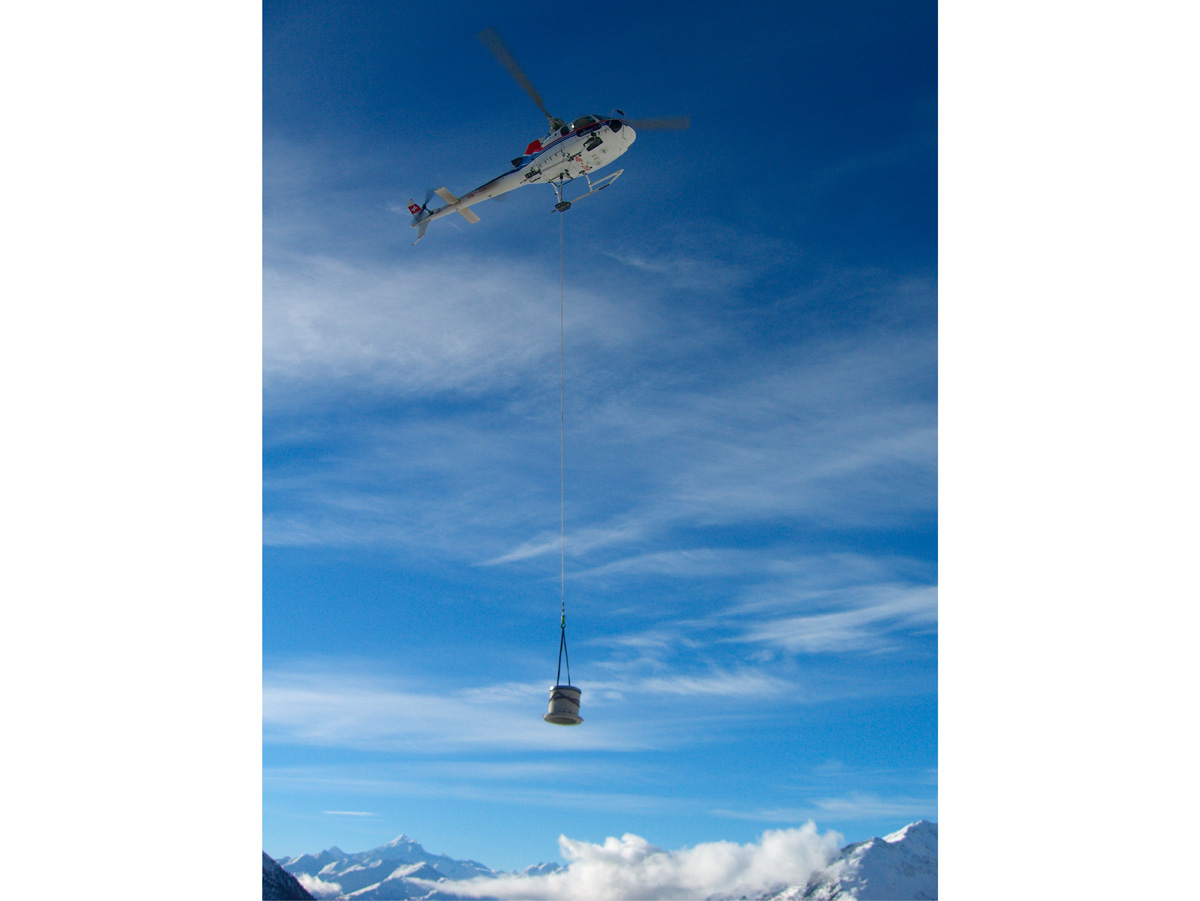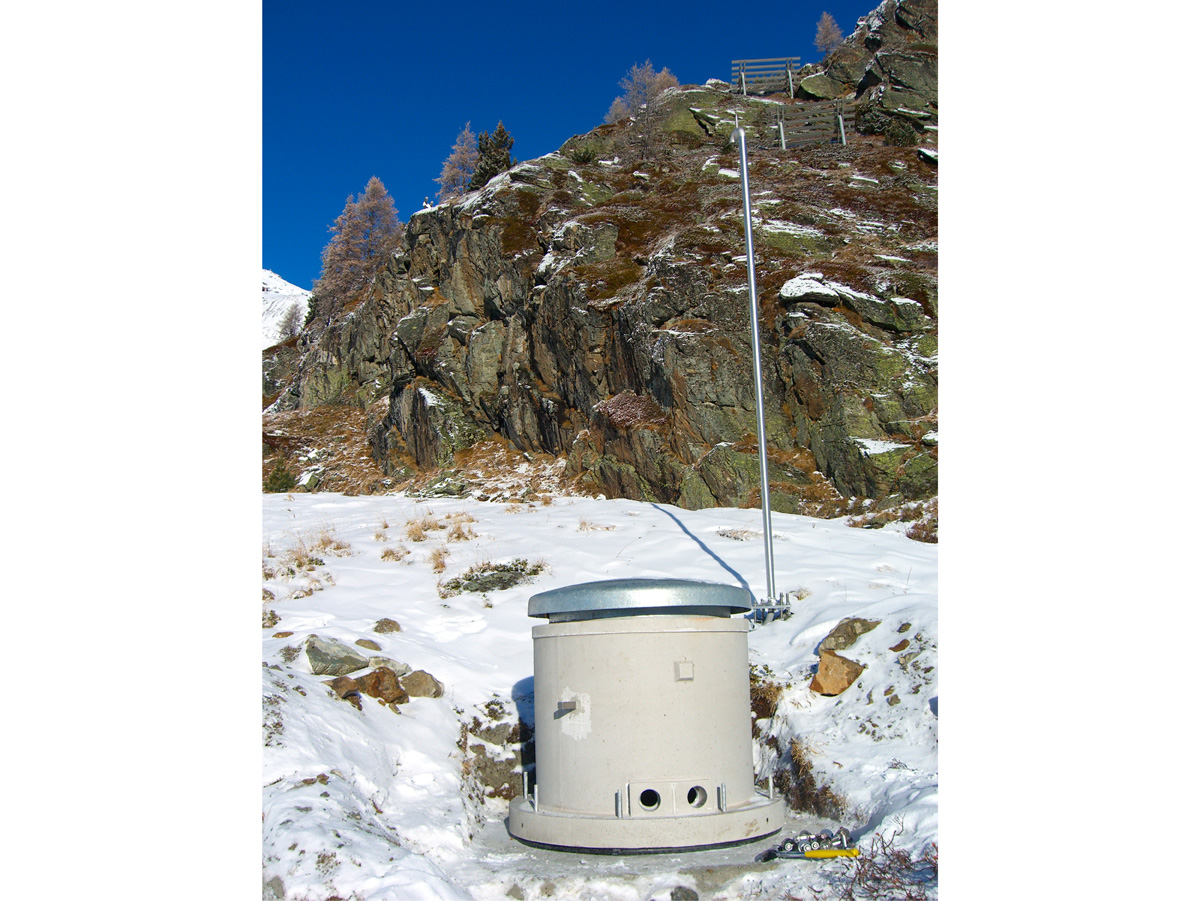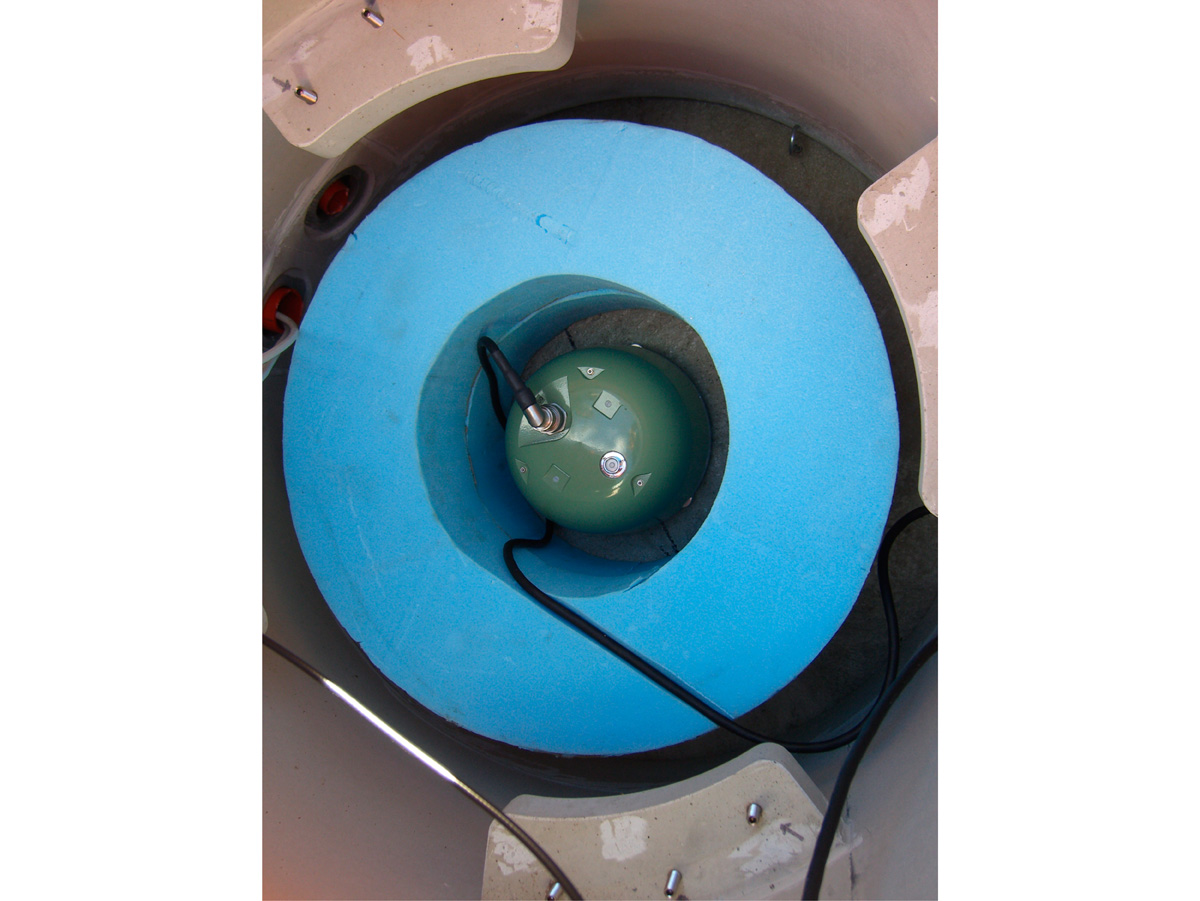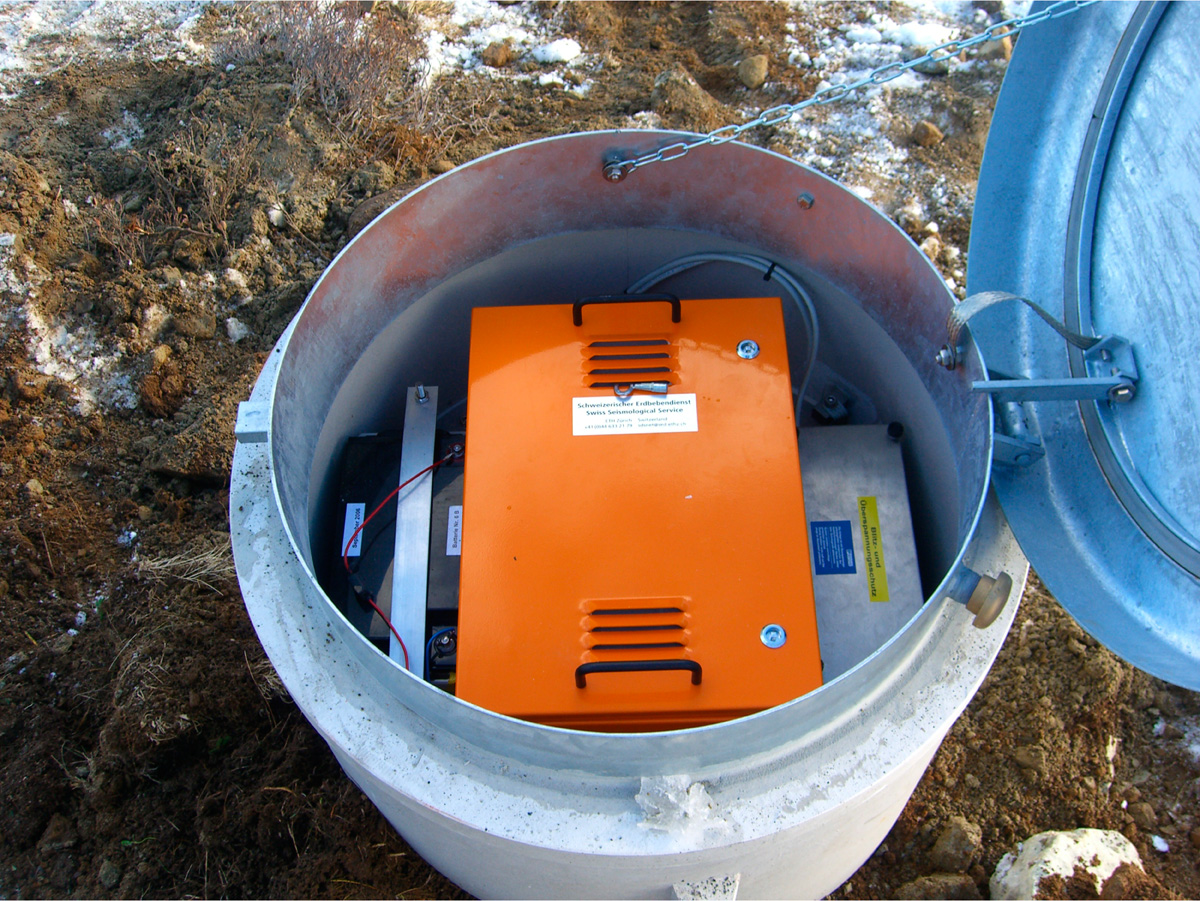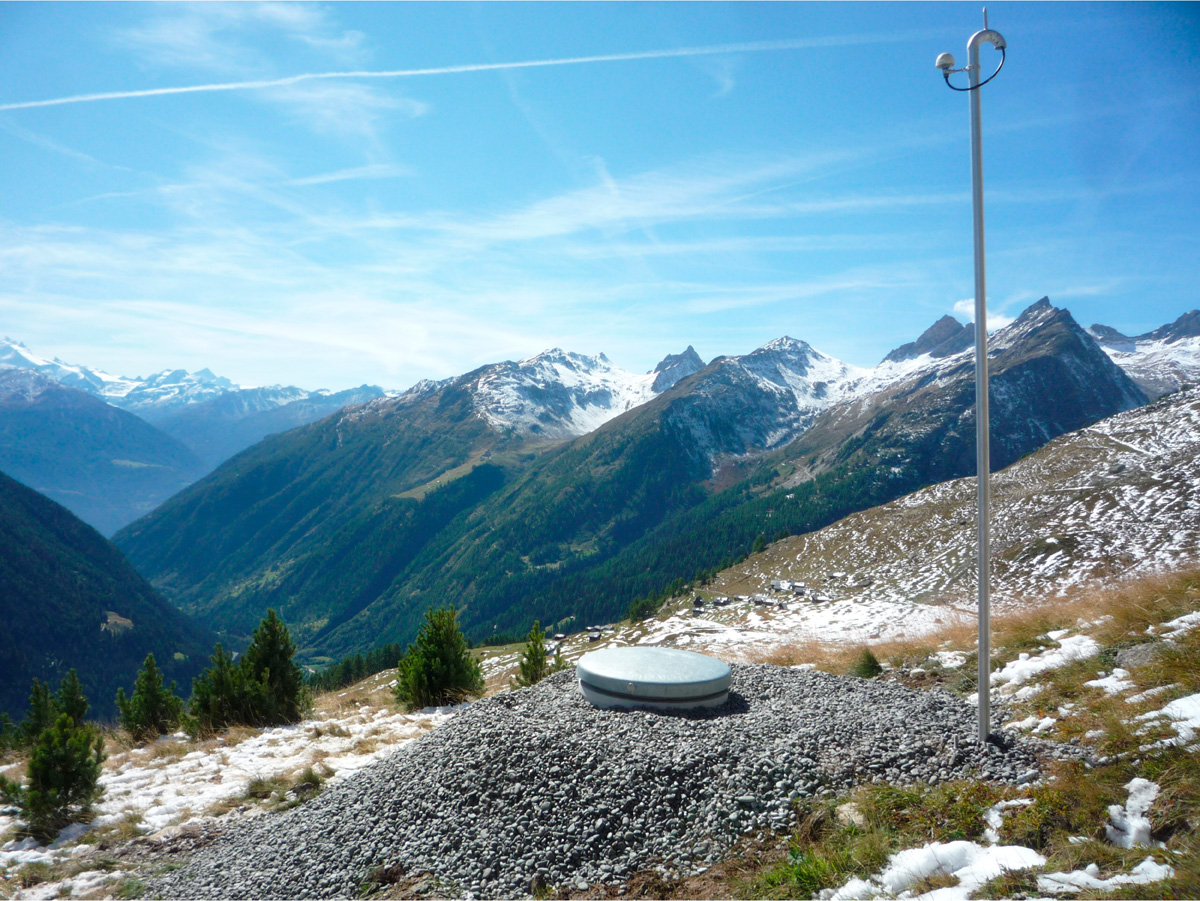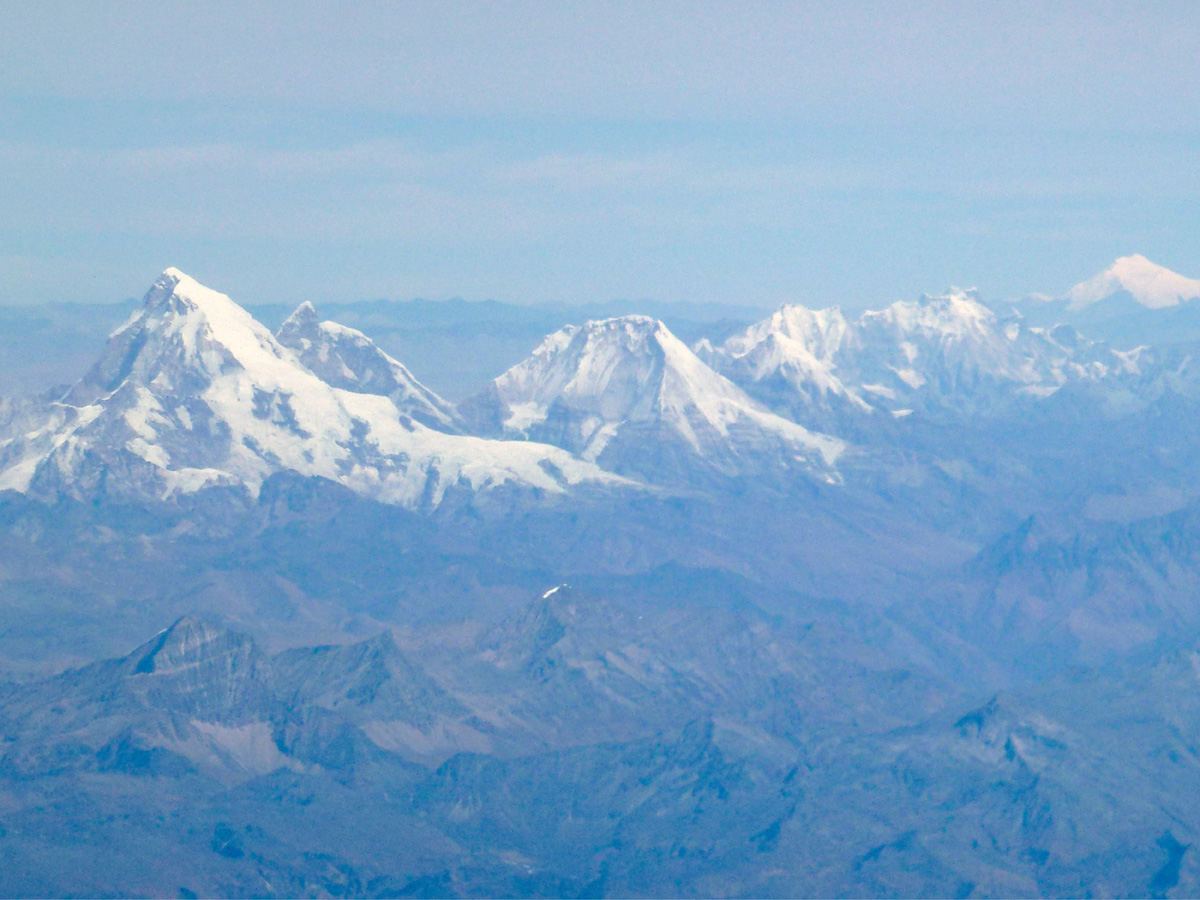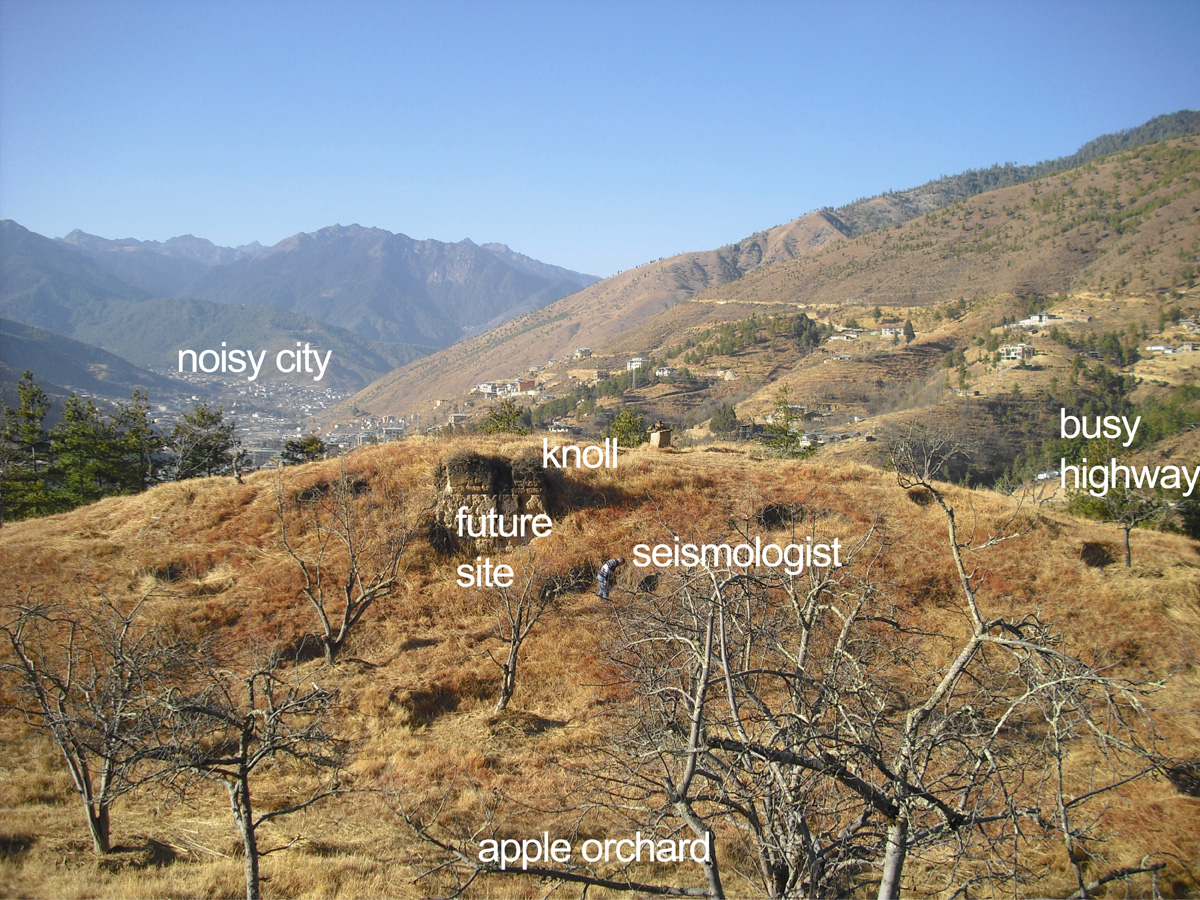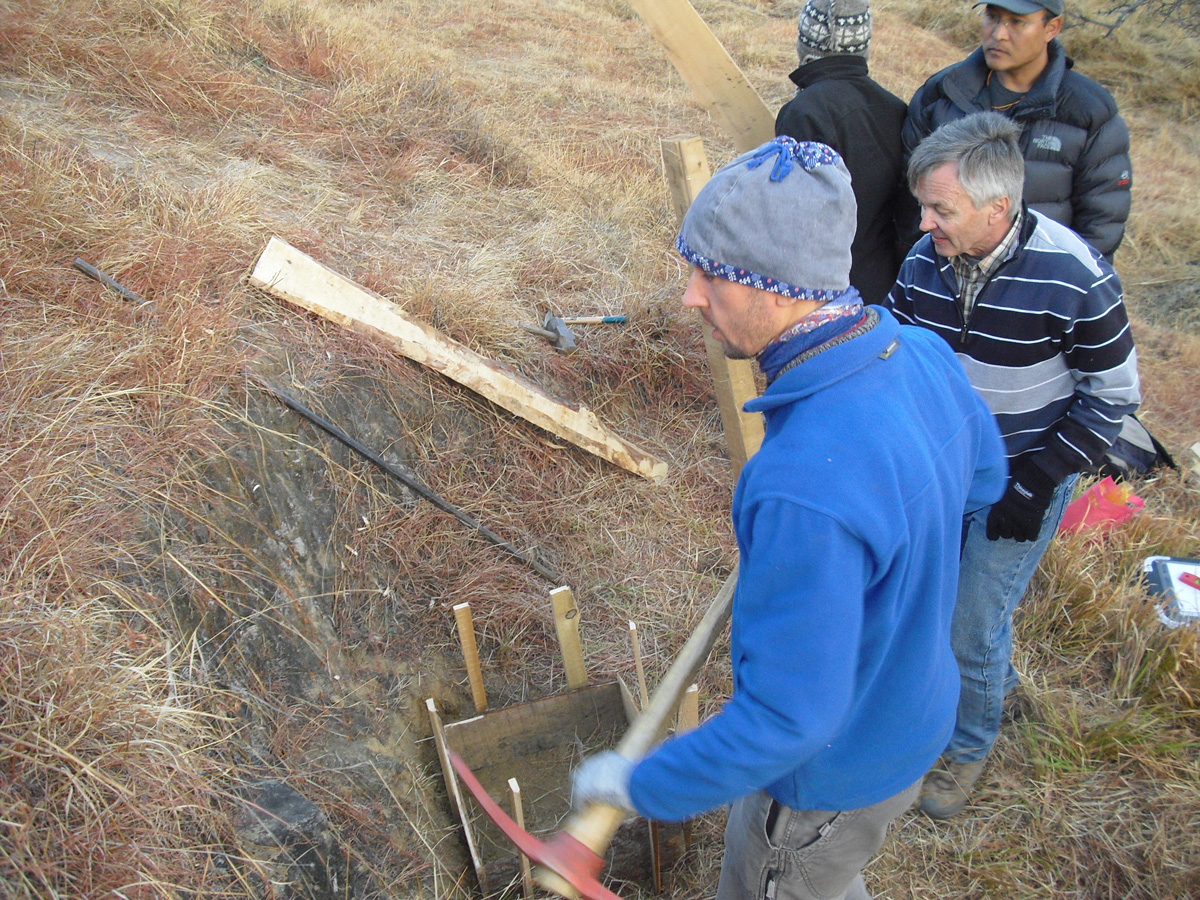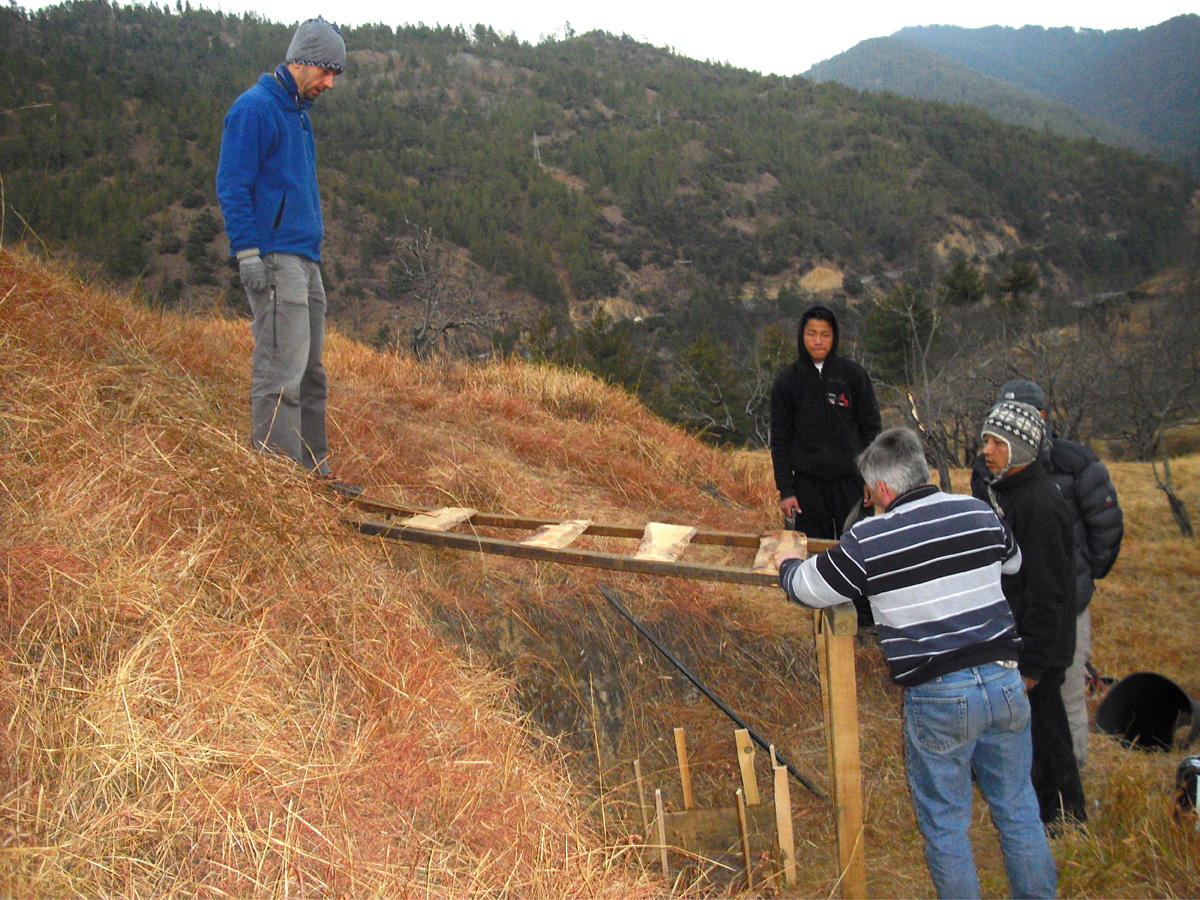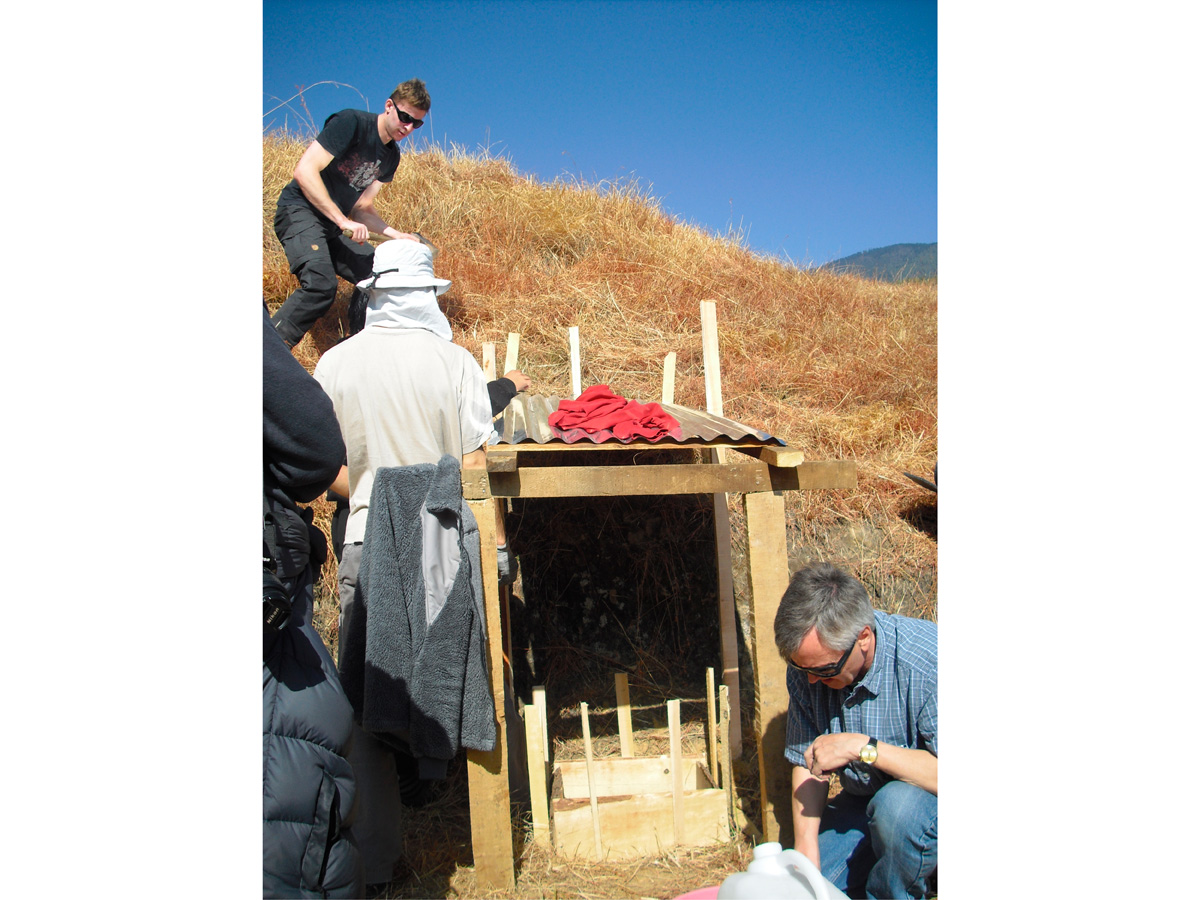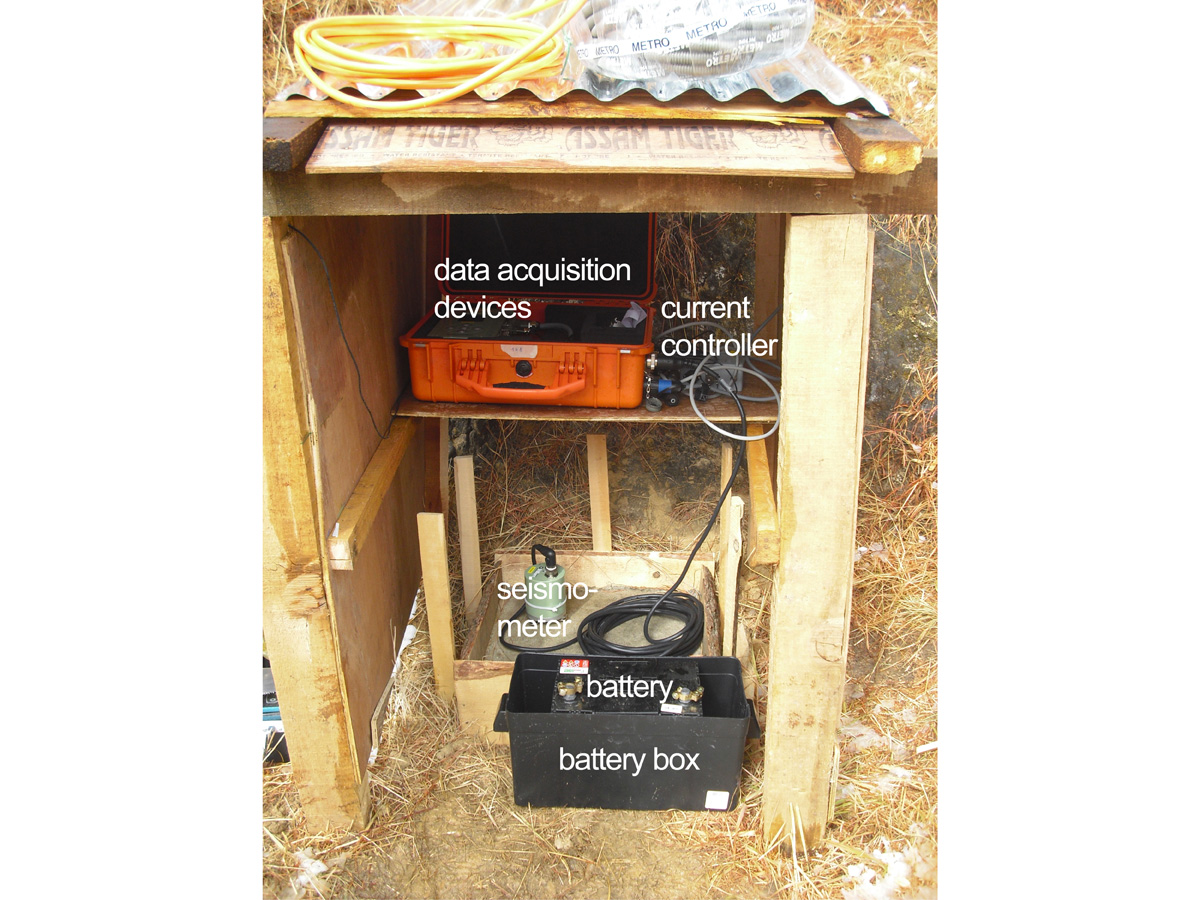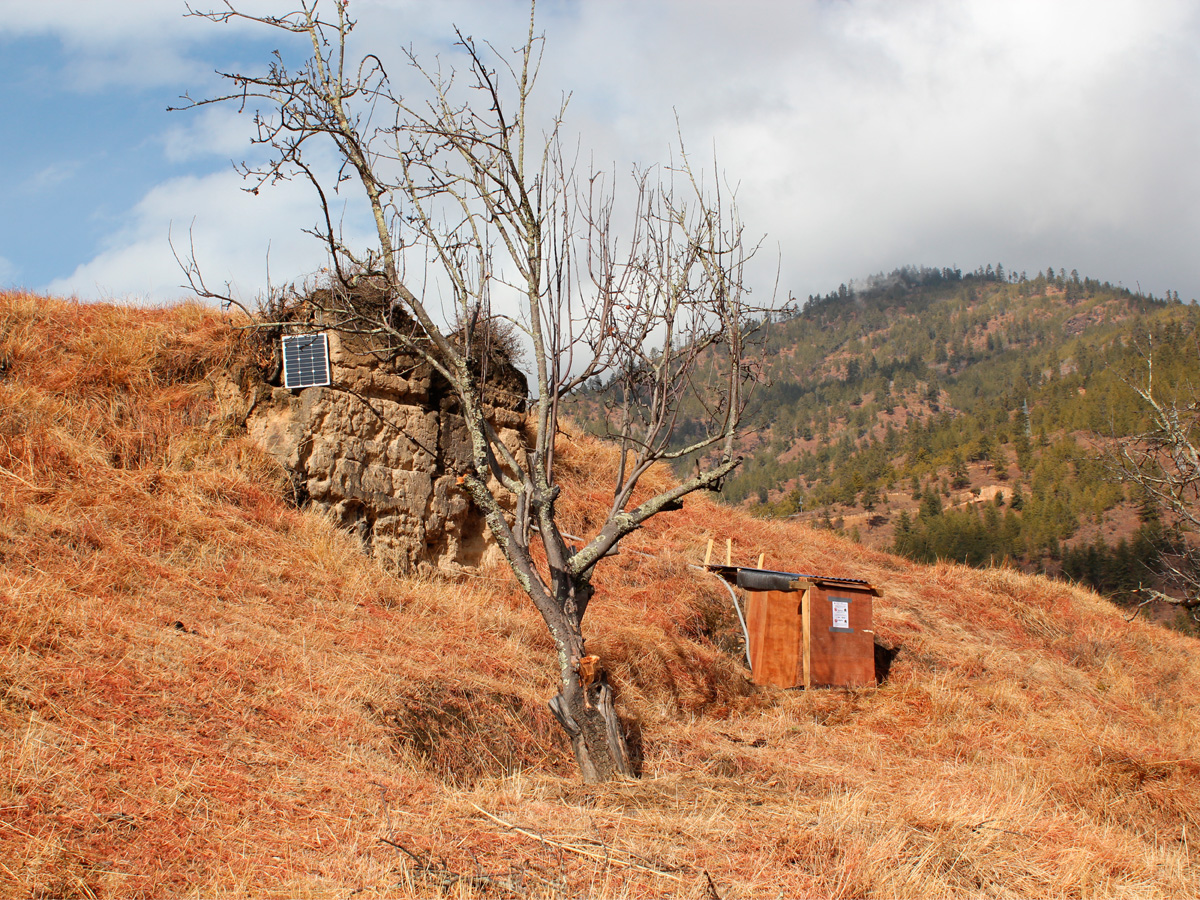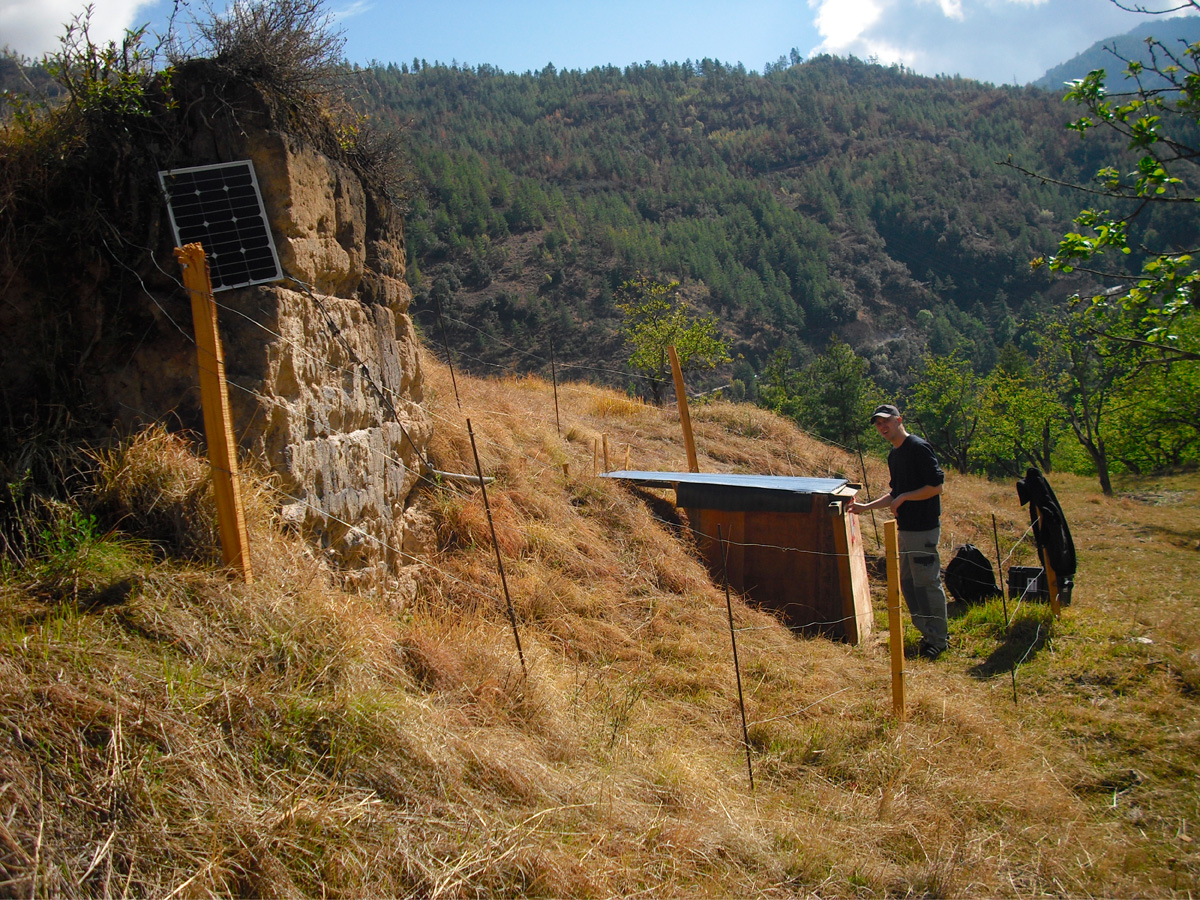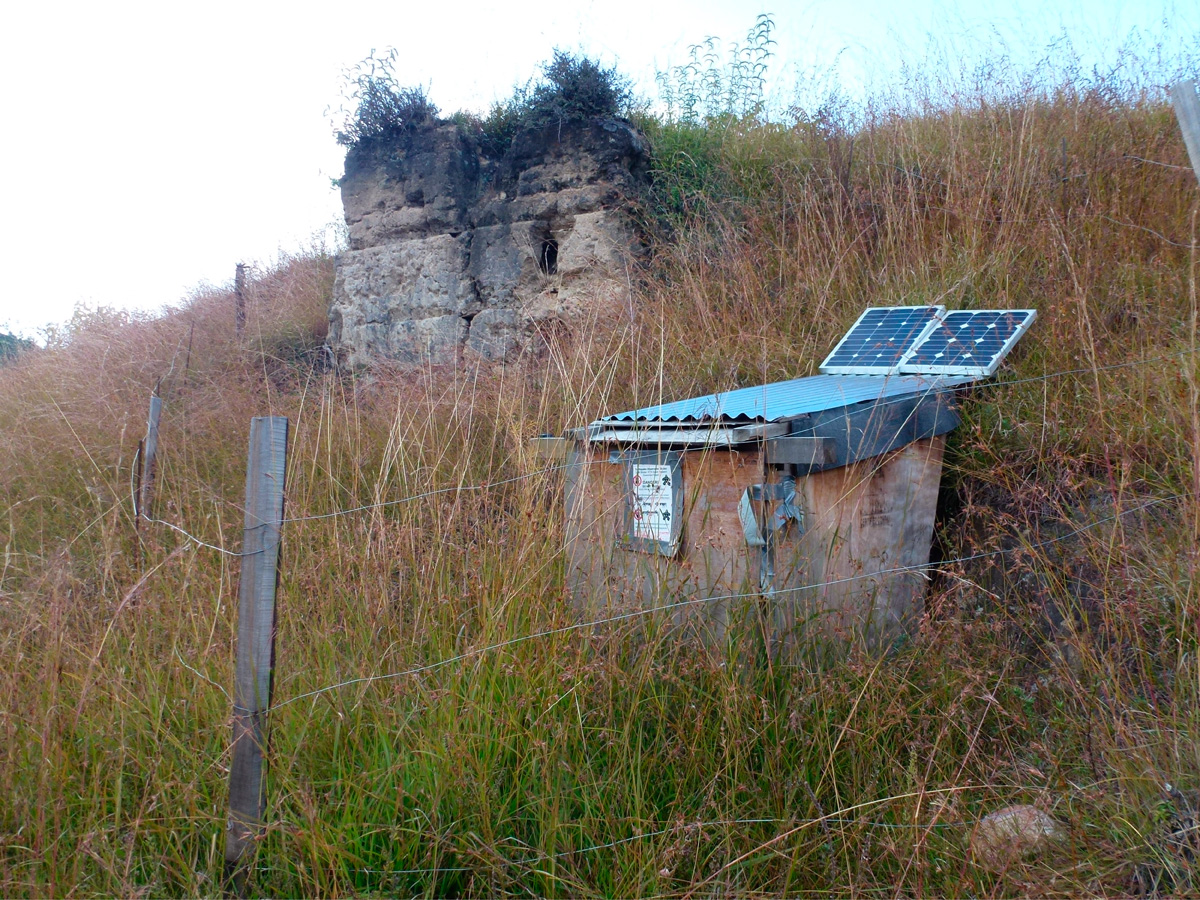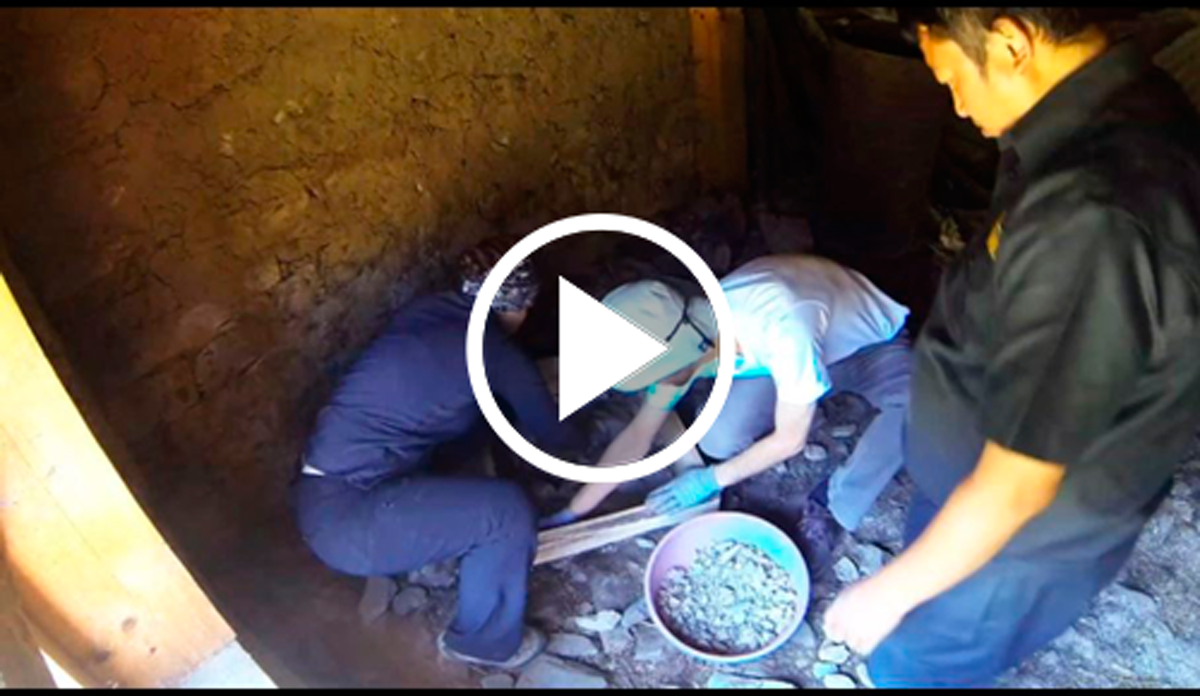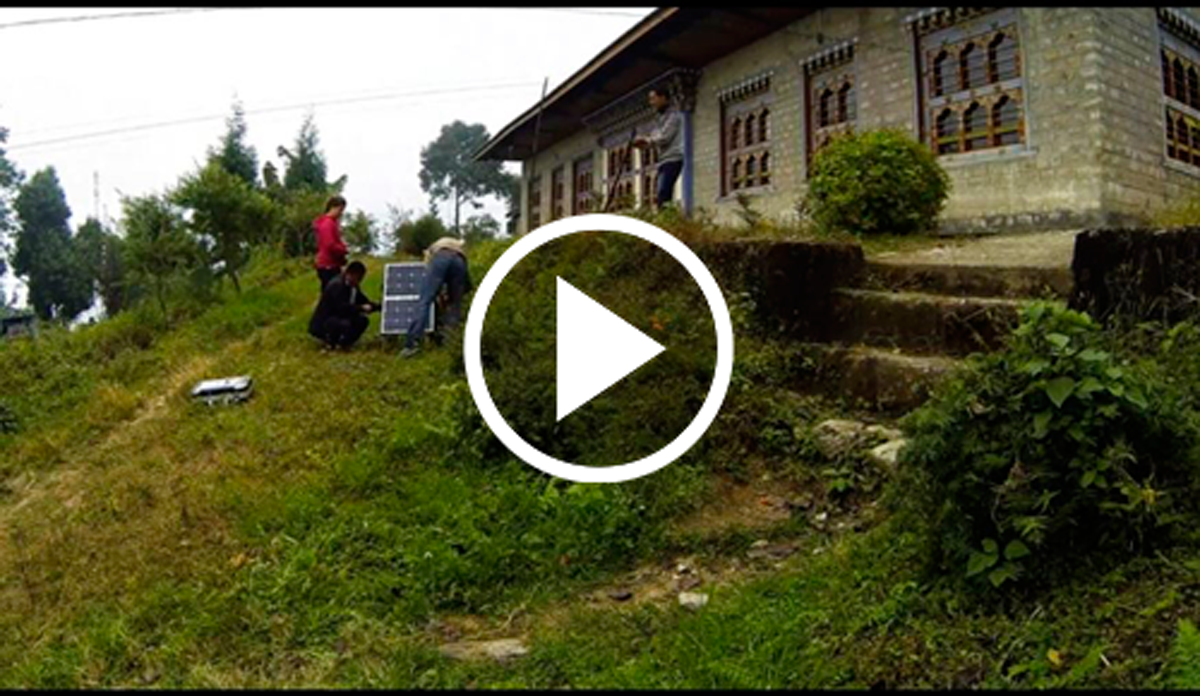Station SBUB
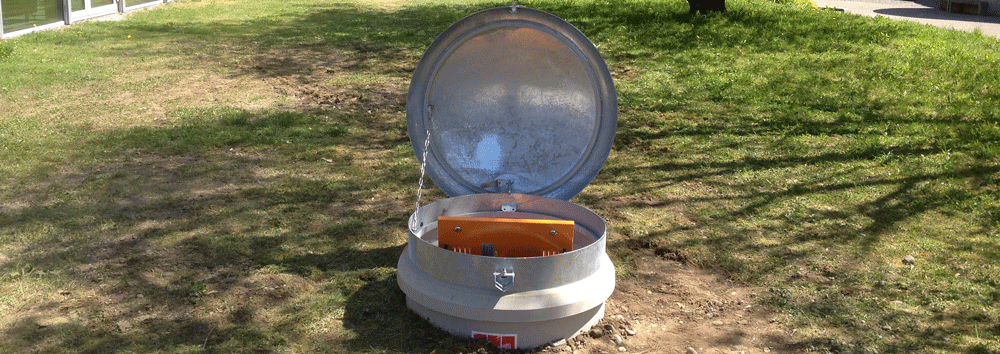
From a practical, logistical point of view one distinguishes between two types of seismological observation stations: permanent (or long-term) installations and temporary (short or medium-term campaign) measurements. Permanent stations are often logistically more complicated and effort is made to provide very robust station performance and low noise, using highest quality instrumentation. Temporary stations usually involve less construction and can more easily be installed, removed and reused. Hence the style of each station differs significantly.
The primary goal of permanent stations is to monitor seismic activity over time. The longer we measure, the more earthquakes we record, and with that we can improve our understanding about the behaviour of the Earth below us.
Two kinds of sensors are used at seismic stations:
- Broadband sensors that are designed to detect even the smallest ground vibrations from very small nearby earthquakes (magnitude M<1) as well as regional and teleseismic (distant) events. Earthquakes of Magnitude 5 and more can even be recorded from the other side of the globe.
- Strong motion sensors (“accelerometers”) record strong ground motion from nearby large earthquakes.
In Switzerland, the SED operates about 70 broadband stations located at remote and quiet sites with little background noise. The approximately 130 strong motion stations are mostly placed within cities in order to characterise the motions in the areas of high risk from rare large earthquakes. More on this as well as on the SED’s permanent networks can be read here.
The locations of the permanent stations are chosen from a scientific point of view. It is not only important to place a station close to the expected region of seismicity; it is at least as important to construct a network of stations that covers well the sources of seismicity, from all directions. Earthquakes can only be accurately located if they are recorded by many stations, some close to the epicentre, with good distribution in all directions.
Watch a short film showing the installation of a seismic station at the Mont Terri Rock Laboratory by the Swiss Seismological Service in early 2014:
Follow the construction of a permanent seismic station on the Lauchernalp (Lötschental) in the picture gallery:
Temporary stations are installed for a short period of time, typically ranging from weeks to a few years. The scientific reasons for these stations are varied and include the investigation of specific Earth structure, the monitoring of aftershocks from strong earthquakes, and enabling detailed analysis of a particular earthquake sequence or other seismically detectable events (natural or man-made).
Follow the construction of a temporary seismic station in Bhutan in the picture gallery:
